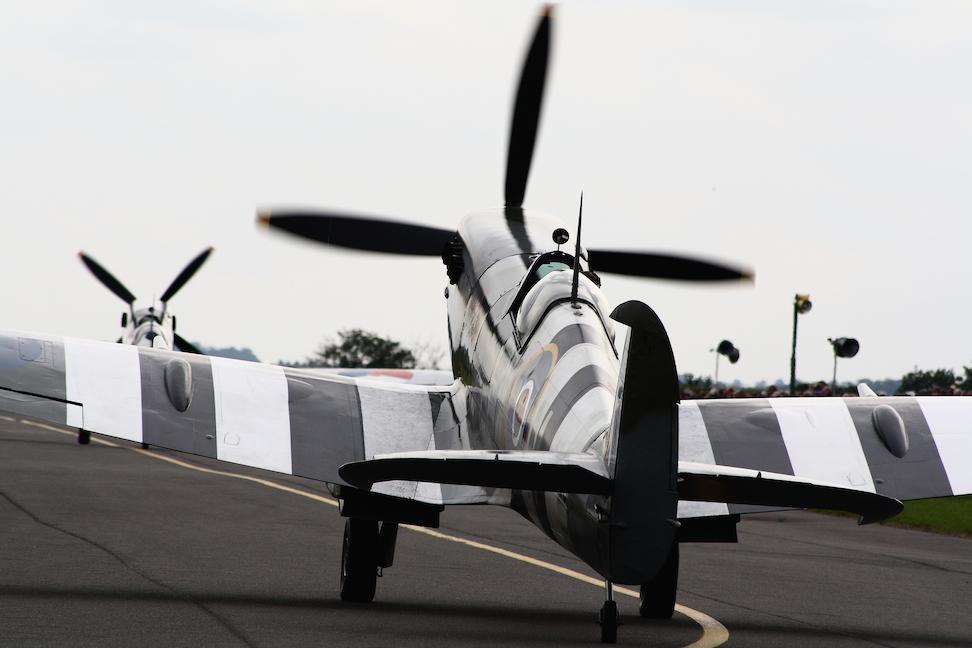The Consolidated B-24 Liberator was an American heavy bomber, built by Consolidated Aircraft. It was produced in greater numbers than any other American combat aircraft of World War II and still holds the record as the most produced U.S. military aircraft. It was used by many Allied air forces and every U.S. branch of service during the war, attaining a distinguished war record with its operations in the northern European, Pacific and Mediterranean theaters.
Often compared to the better known B-17 Flying Fortress, the B-24 was a more modern design with a higher top speed and greater range and a higher bomb load. Nevertheless, popular opinion among aircrews and general staff tended to favor the B-17's rugged qualities above all other considerations. The B-24 was notorious among American air crews for its tendency to catch fire. The placement of the B-24's fuel tanks throughout the upper fuselage and its lightweight construction, designed to increase range and optimize assembly line production, made the aircraft vulnerable to battle damage. The B-24 was more difficult to fly as well, with heavy control forces and poor formation flying characteristics. The B-24 nevertheless provided excellent service in a variety of roles thanks to its large payload and long range.

